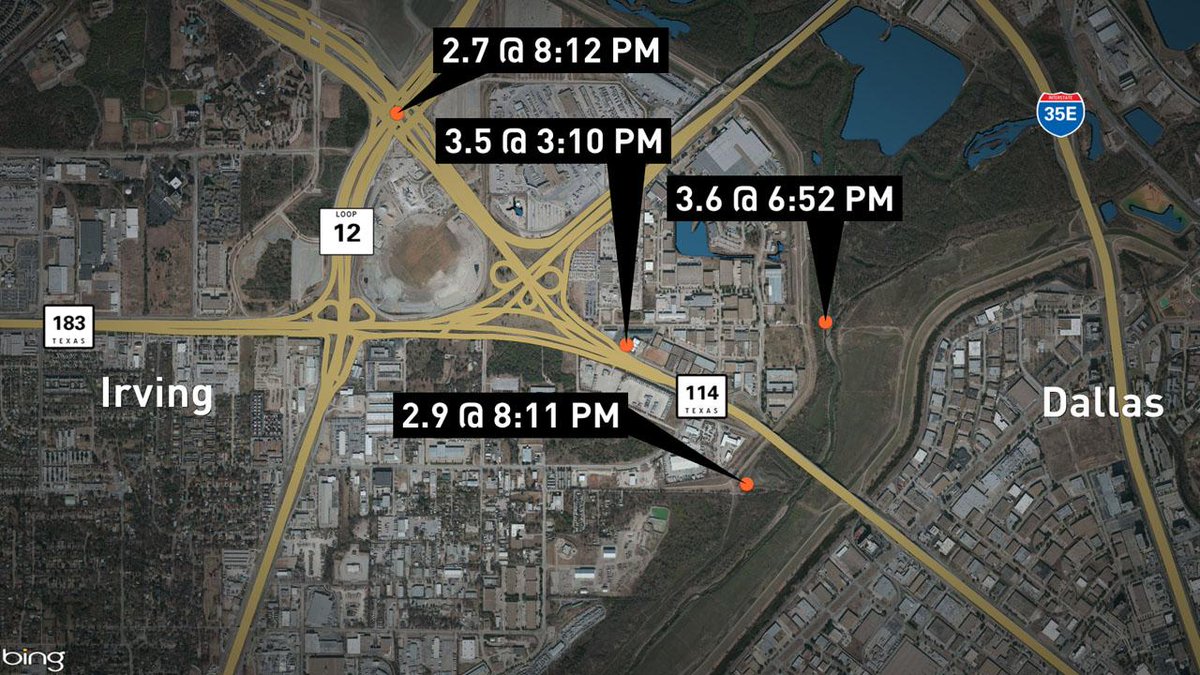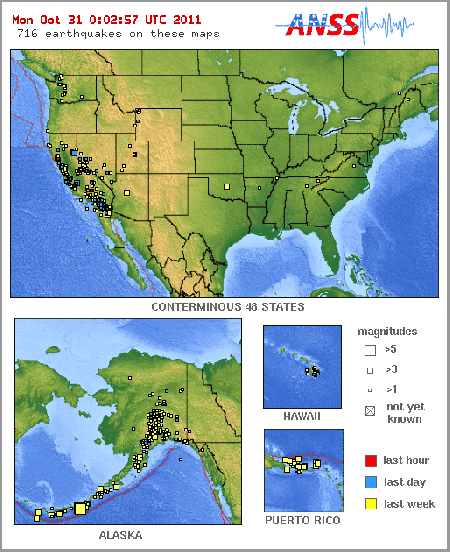Every science nut is, and quite a few fear mongers are following the story of the swarm of small earthquakes miles beneath the waters of Yellowstone Lake.
They know Yellowstone is in the middle of a supervolcano, and they can’t help but wonder whether the Yellowstone Caldera is ready to blow.
Even Cecil Adams at the Straight Dope wonders in the headline whether Yellowston is ready blow, in what must be one of the best-timed, prepared-in-advance columns in any newspaper in the world in 2008. (My skiepticism for Cecil Adams’ stuff increased mightily when I noticed he had gotten much wrong on Rachel Carson’s claims about DDT and birds, but I digress.)
So is Yellowstone going to blow?
Not likely. According to me. (I’m a lawyer and teacher — what authority does my prediction have?)
Serious scientists are being more careful. I asked Relu Burlacu at the University of Utah Seismograph Station, the group that is the front line in the monitoring of Yellowstone, whether this is The Big One.
“The short answer is,” he said, “we don’t know.”
57 quakes, at least, have been recorded for December 31 so far (15:05 UTC). Since Saturday, there have been more than 300 quakes (conservative estimate). Because the quakes are so tightly packed, geographically, but from depths covering several miles underground, some amateurs suggest the quakes suggest magma or water moving up a pipe toward the surface.
The professionals I spoke with today are very circumspect about saying what is going on, stopping far short of making predictions about what will happen. Most telling, they’re taking tonight and tomorrow off, New Year’s Eve and New Year’s Day. Oh, someone will be on hand to make sure the machines are working, and if there’s a truly significant event, there will be alerts. But the current swarm is not something that alarms the monitoring people, nor is it something they have not seen before.
Mr. Berlacu explained — patiently, I must add — that so far, there has been just monitoring. With so many events, one of the problems is determining when one event ends, and the next begins. There is a great deal of work to be done pinpointing locations of temblors, triangulating from several different recording stations.
“This is not uncommon,” Berlacu said. He noted that 1985 had a swarm of quakes that continued for nearly three months, with the swarm just tapering off.

Charts from the earthquake monitoring station on Yellowstone Lake, showing raw data recording by the University of Utah Seismograph Stations, Earthquake Information Center, for December 31, 2008. These data must be correlated and corroborated with data from other stations in the area to determine locations of geological events, depths, duration, start and end, before complete analysis can be done.
Reality is that the scientists who study Yellowstone’s vulcanism expect eruptions in the future. But they expect smaller eruptions, not the massive supervolcano disaster usually portrayed over the last five or ten years. Yes, a massive eruption is possible. Yes, it could be an enormous disaster.
In a video explaining the geology of the Yellowstone caldera, Yellowstone National Park Geologist Hank Heasler explains there are three things geologists think will presage a large volcanic event in the caldera:
- An increase in earthquakes, or a swarm of earthquakes, plus
- Significantly increased ground deformation, such as a rise of several feet or several meters, plus
- Increased thermal activity in the thermal features of the Park.
The current swarm lacks the second two features. Even so, experts note that all three conditions might be met, without any major eruption.
No, it’s not likely to happen in our lifetimes. Read this entertaining piece by Jake Lowenstern in Geotimes, from June 2005. Lowenstern is the director of the Yellowstone Volcanic Observatory (YVO):
Of course, the Yellowstone caldera is a volcano, and it almost certainly will erupt again someday. It’s possible, though unlikely, that future eruptions could reach the magnitude of Yellowstone’s three largest explosive eruptions, 2.1 million, 1.3 million and 640,000 years ago. Smaller eruptions, however, are far more likely, and no eruption seems imminent on the timescale that most people truly care about — their lifetime or perhaps even the next few hundred or thousands of year
Small eruptions do not make for the grand drama desired by television executives and producers.
Instead, the technicians monitor what happens; conclusions, the explanation for what happened, will have to wait for later analysis.
Resources:

Spread the word; friends don't allow friends to repeat history.





 Posted by Ed Darrell
Posted by Ed Darrell 
































